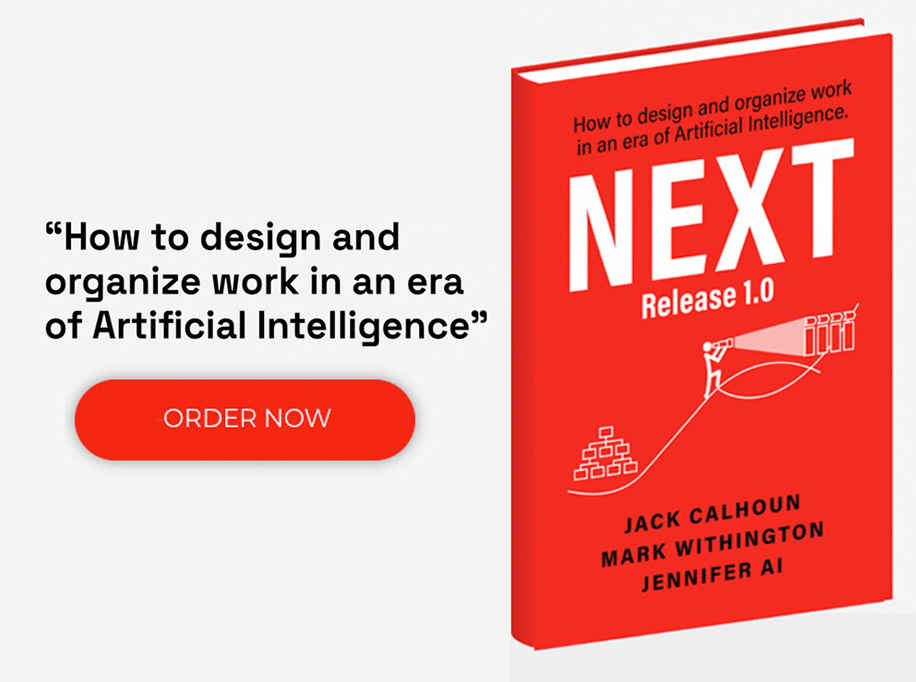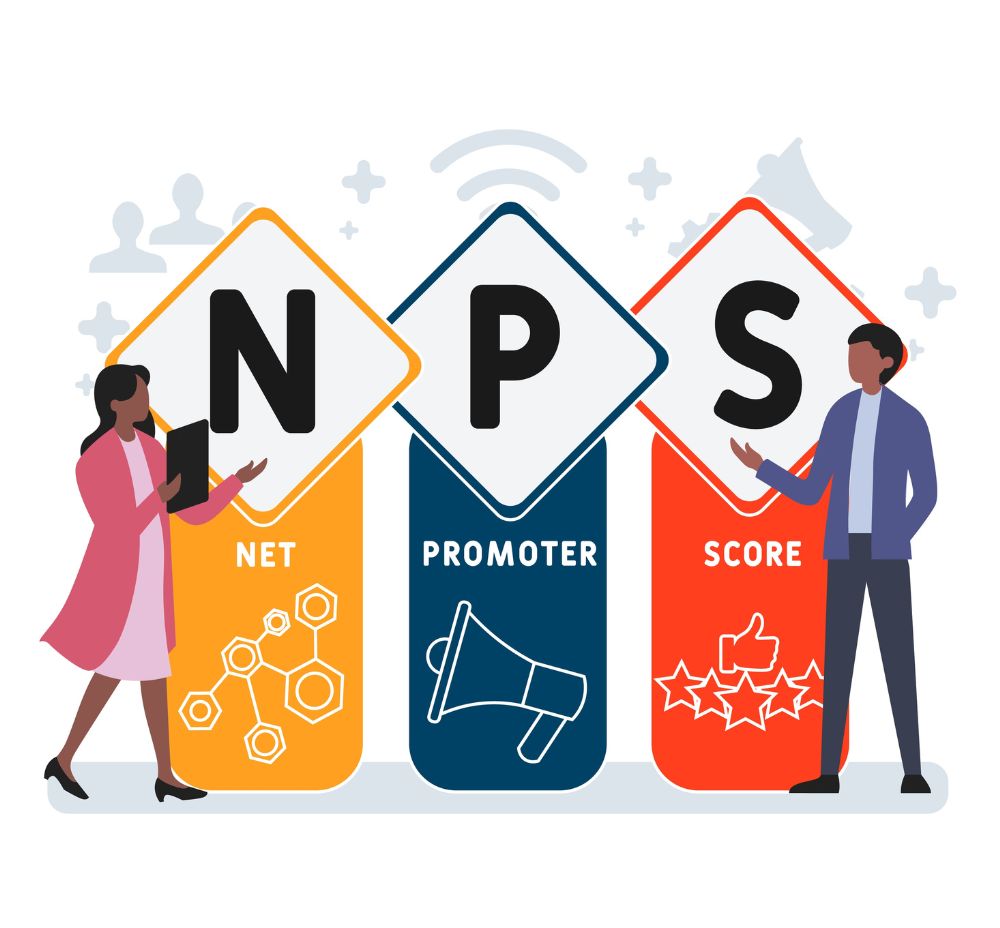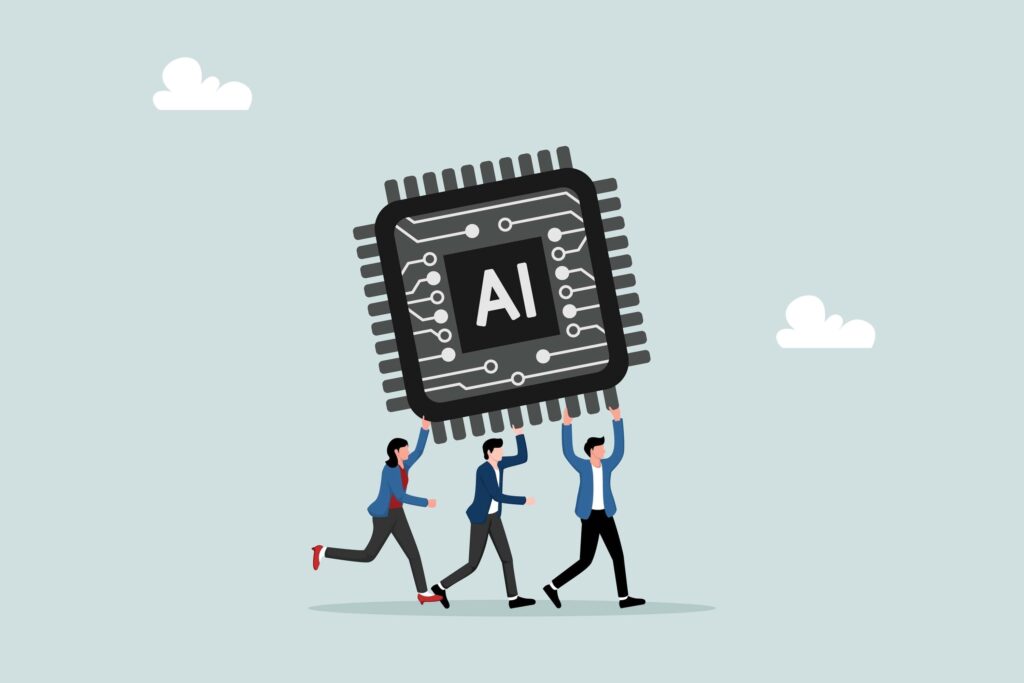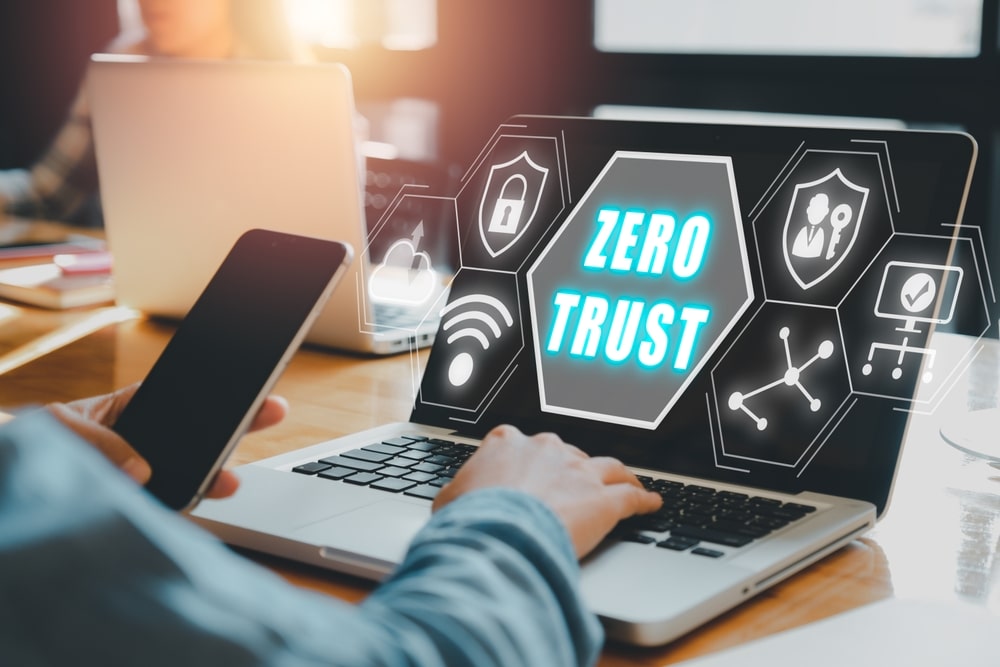We are amidst a rapidly evolving digital age, and it’s not slowing down. Every industry and business encounters daunting challenges and exciting opportunities with each technological advancement. This phenomenon rightly earns the name digital disruption. In this blog, we discuss how to meet the three critical challenges of digital disruption, giving you the tools to adapt and thrive in this ever-evolving landscape.
For starters, digital disruption refers to the profound impact digital technologies have on traditional industries and their business models. It involves using digital innovations, such as artificial intelligence, mobile apps, and online platforms, to create new ways of doing business and challenge and transform established methods and markets.
The Challenges
From the perspective of senior management at Accelare, three major challenges must be address in order to leverage digital disruption rather than being subsumed by it:
Resistance to Change
The first and perhaps the most challenging hurdle is an organization’s natural resistance to change. This psychological barrier can derail even the most well-designed digital transformation plans, making it a critical challenge to overcome.
At its core, digital disruption leverages technology to transform existing processes rather than simply automate them. Those business processes are executed by people, and human behavior resists change, especially when it disrupts familiar routines, threatens job security, or requires new skills.
This resistance can manifest as a fear of the unknown, loss of control, disruption of work practices, or psychological inertia. It is important to remember that resistance to change is a natural human response, not an enemy to be defeated. By understanding its roots and implementing effective strategies, more on that below, organizations can transform this roadblock into a stepping stone.
Lack of Familiarity with New Technologies and the Business Model
Next is a “chicken/egg” problem consisting of a lack of awareness both of new technologies and the business model. Unaware of emerging technologies and their potential applications, businesses struggle to identify opportunities for transformation within their business model. This naturally leads to missed opportunities with lagging innovation. On the other hand, while knowledgeable about technology, the technologists lack a deep understanding of the business’s model, its pain points, and unique customer needs. This limits their ability to translate technology into solutions directly relevant to the business.
With both parties in the dark, technology solutions don’t effectively address business needs, leading to wasted resources and frustration. The inability to identify and implement relevant technologies slows down the business’s response to evolving market demands and competitor advancement. To break this “chicken/egg” cycle and effectively harness the power of technology, businesses can follow our solution detailed below.
Integration Difficulties
Imagine a sleek, high-speed train poised for departure but tethered to rusty, outdated tracks. That’s the challenge many businesses face with digital disruption: legacy systems and outdated infrastructure acting as major hurdles to integration and innovation.
Outdated systems often lack the technical specifications to connect seamlessly with newer technologies. This creates interoperability challenges, hampering smooth data flow and efficient process automation. Additionally, legacy systems often require significant resources for maintenance and upkeep, diverting funds and expertise away from modernizing efforts. They also typically have security flaws and lack the flexibility to scale, ultimately slowing down or, worse, completely thwarting the digital transformation journey. Breaking free from the legacy trap requires a multi-pronged approach. Let’s dive in.
The Solution
The first and most crucial step in addressing all three of these challenges is to identify the people, processes, and technologies (aka capabilities) that provide the organization’s value proposition to its customer base.
At Accelare, we call this the Operating Model for Business Model Innovation, and we organize those capabilities in the construct of a value chain – working from left to right, starting with “Design & Develop Product, Services, and Experiences”, and ending with “Promote Loyalty”.

Looking at the organization through this lens (rather than the org chart) helps the Business and the Technologist identify who, what processes, and what technologies could be impacted by potential digital disruption and how the organization can leverage such disruption to overcome competitors.
Next Steps
If you would like to learn more about Digital Disruption, please click here to take our quick, online, 4-minute Digital Disruption assessment. Upon completion, we will send you a free assessment report that will cover the following:
- The four domains of disruption within the organization,
- Your organization’s exposure to digital disruption measured against our digital disruption maturity model,
- And specific actions you can undertake to harness technology to your favor.











